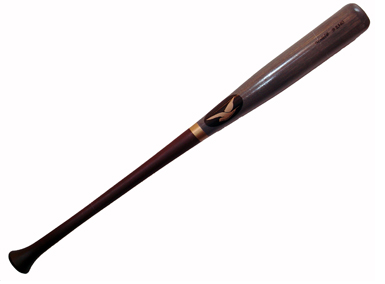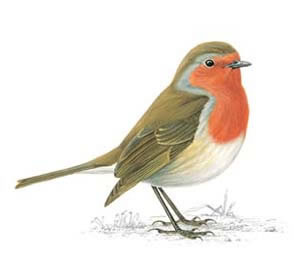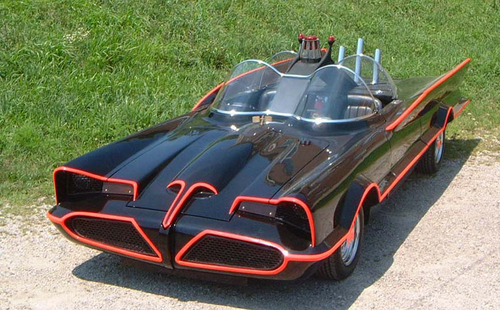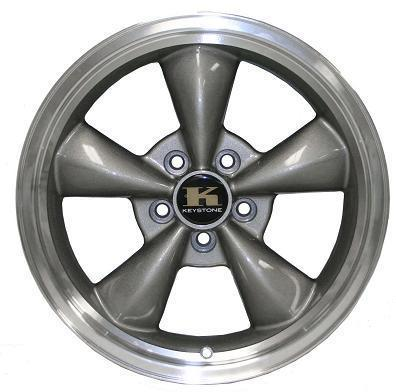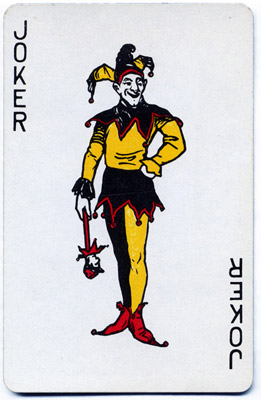Hey. Name's William "Indy" Fleig. Nick name is a long story. General nerd, you'll get a better feel scrolling through. Enjoy
Don't wanna be here? Send us removal request.
Photo

A tip from your favorite nurse
(that’d be me)
Always have eggs in your fridge
You just never know when someone will split their head open
Or cut their finger while cooking
And so on
See that membrane there?
While the blood is gushing - hold pressure and crack open an egg
Peel that there membrane off and put it on the wound (continue holding pressure)
The membrane will harden and keep the wound closed until you can get to the ER for stitches
If you even need them that is
Nature: 1, Band aids: 0
You’re welcome.
623K notes
·
View notes
Photo
awww

Unfortunately this question was published during the few months that Marvel decided they weren’t going to answer the fan letters.
Avengers #58 November 1968
3 notes
·
View notes
Photo

Black Lotus Art | Art by Chris Rahn
573 notes
·
View notes
Photo

The Scimitar Sword
Tribute post: On Nov 27th, 1095 - Pope Urban II declares the 1st Crusade at the Council of Clermont finishing his famous speech with the following words: “Deus vult!”, meaning “God wills it!”
The Scimitars recall the battles between the Saracens and the Crusaders.
The term scimitar is a broad term that encompasses all thin, curved swords from Southwest Asia and the Middle East. The name is thought to be derived from the Persian word shafsher which means “lion’s claw,” due to its long, curved design. The word has been translated through many languages to end at scimitar.
Varieties include the Arabian saif, the Persian shamshir, the Turkish kilij, the Indian tulwar, the Moroccan nimcha, and the Afghan pulwar. The curved sword or “scimitar” was widespread throughout the Muslim world from at least the Ottoman period, with early examples dating to Abbasid era (9th century) Khurasan.
The scimitar sword is an ancient sword, dating back to 1600 BCE by Egypt’s 18th dynasty. Egypt used the scimitar sword, then new technology, to dominate nearby rivals and spread their influence. The scimitar gradually spread throughout the regions, and each culture made their own adaptation.
An Arabian saif is what most people refer to when they use the term scimitar. The saif is double-edged, short, and straight with a curved tip. Persian shamshirs are radically curved swords that arc the most around the mid-point of the blade. Shamshirs have no pommel, very narrow blades, and typically don’t taper at all until the tip.
The English term scimitar is attested from the mid-16th century, derives from either the Middle French cimeterre (15c.) or from the Italian scimitarra. The ultimate source of these terms is unknown. Perhaps they are corruptions of the Persian shamshir, but the OED finds this explanation “unsatisfactory”.
The following are regional terms for the scimitar:
Shamshir (Iran)
Kilij (Turkey and Egypt)
Nimcha (Morocco)
Pulwar (Afghanistan)
Talwar (North India, Pakistan)
The curved sword, the sabre, is called muhaddab in Arabia and occurred after the Turkish Seljuk migration from Central Asia to Anatolia, popularizing the pre-existing Byzantine sabre designs for cavalry use, which influenced the entire region. The word shamshir is Persian and refers to a straight-edged sword as well as to a curved-edged sword, depending on the era of usage.
Source & Copyright: Wikipedia | Wise Geek
#Scimitar Sword#sword#swords#scimitar#shamshir#saif#Deus vult#Tribute post#Pope Urban II#Crusade#kilij#nimcha#pulwar#art of swords
281 notes
·
View notes
Photo

“Tales from the Pit” #412
45 notes
·
View notes











